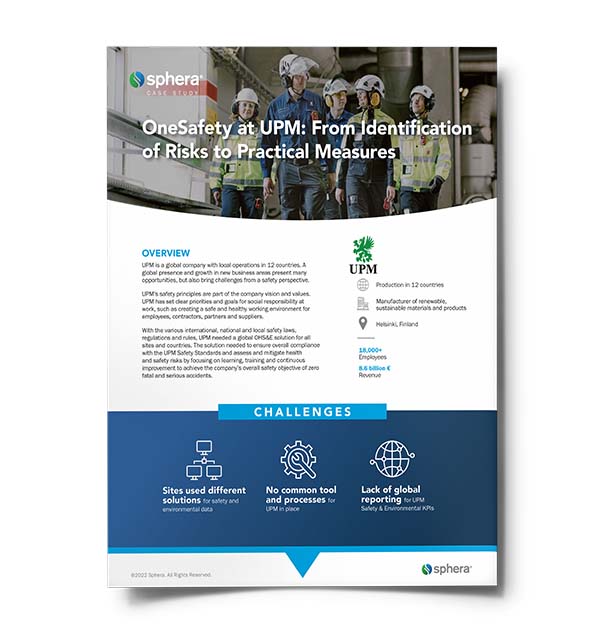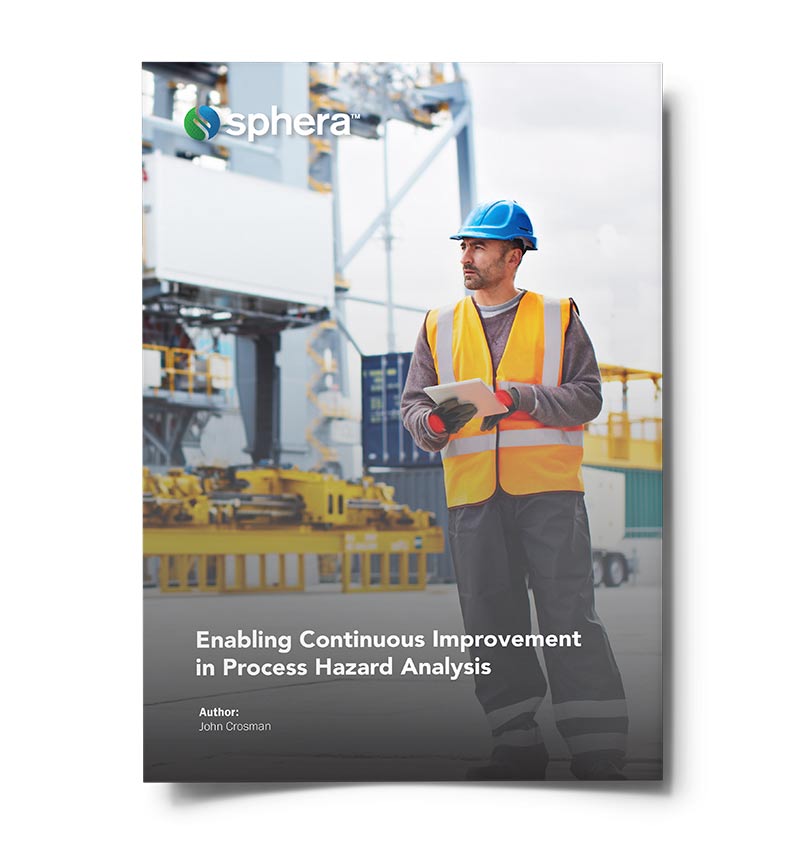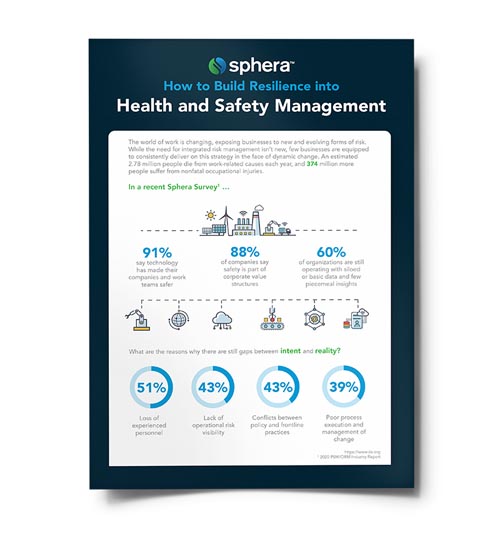Climate change introduces many unknowns for businesses, but getting caught off guard can be costly. With climate patterns changing and weather events becoming more severe, companies need to take steps to protect their assets and their plans. These steps should include robust risk assessments that help companies understand the climate-related risks they face and strategies that enable them to monitor and manage these risks.
This applies to financial institutions as well, and to that end, the U.S. Federal Reserve Board recently published draft Principles for Climate-Related Financial Risk Management for Large Financial Institutions. The draft principles are now in a public comment period that ends on February 6, 2023.
Protecting Against Poor Risk Management
The proposed principles apply to large banking organizations—those with more than $100 billion in total assets—that are supervised by the Federal Reserve. These organizations include state member banks, bank holding companies, savings and loan holding companies and the U.S. operations of foreign banking organizations.
In its introduction to the draft principles, the Federal Reserve points out: “The financial impacts that result from the economic effects of climate change and the transition to a lower carbon economy pose an emerging risk to the safety and soundness of financial institutions and the financial stability of the United States.” The proposed principles are designed to offer guidance to banking institutions that are developing strategies and identifying the resources they need to manage climate-related financial risks.
The proposed principles are similar to proposals issued by the Office of the Comptroller of the Currency (OCC) in December 2021 and by the Federal Deposit Insurance Corporation (FDIC) in March 2022. The Fed plans to work with these agencies to ensure consistency in any final climate risk management guidance they issue.
What Do the Federal Reserve’s Principles Cover?
The principles cover six general areas, addressing both the physical risks and transition risks that institutions may experience due to climate change.
Here are some key points from the six general principles.
- Governance:
-
- The financial institution’s board should have sufficient understanding of the implications of climate-related financial risks across various scenarios and planning horizons.
-
- Sound governance should include the allocation of resources to support risk management. Additionally, the board should communicate with management about the information it needs to provide oversight of risk measurement and management. The board should hold management accountable for adhering to its risk governance framework.
- The institution’s management is responsible for policy implementation and execution of the overall strategic plan and risk governance framework.
- Policies, procedures and limits:
-
- Climate-related financial risks should be incorporated into policies, procedures and limits in order to provide the necessary guidance on the institution’s approach to these risks.
- Policies, procedures and limits should be amended to account for any changes in the characteristics of climate-related financial risks, as well as changes in the institution’s operating environment or activities.
- Strategic planning:
-
- When developing the institution’s business strategy, risk appetite and capital plan, the board and management should consider material climate-related financial risk exposures.
- The board and management should also address the potential impact of climate-related financial risk exposures on the institution’s financial condition, operations and business objectives, as well as other operational and legal risks and stakeholders, including low-to-moderate income and other disadvantaged households and communities.
- Risk management:
-
- Management should oversee the development and implementation of processes to identify, measure, monitor and control risk exposures within the organization’s existing risk management framework. Input from stakeholders should be solicited for the design of these processes.
-
- Tools and approaches such as exposure analysis, heat maps, climate risk dashboards and scenario analysis should be used to assess exposure to physical and transition risks.
- Data, risk measurement and reporting:
-
- Whenever possible, the latest data, risk measurement, modeling methodologies and reporting should be incorporated into the institution’s risk management activities.
- Scenario analysis:
- Scenario analysis can help evaluate an institution’s resilience and should be used to identify and measure vulnerability to risk factors and estimate exposures and potential losses across different scenarios.
The Fed’s proposal suggests that an institution’s board should consider whether management of climate-related financial risks should be integrated into the institution’s compensation policies. In doing so, the Fed points out that “compensation policies should be aligned with the business, risk strategy, objectives, values, and long-term interests of the financial institution.”
The Fed Poses 3 Questions
In issuing its proposed principles and the call for comments, the Federal Reserve noted that it’s seeking comments on only three questions:
- How could the draft principles be revised to better address the challenges a large financial institution may face in managing climate-related financial risks?
- Do any of the principles need to be more or less specific given the data currently available and the understanding of climate-related financial risks? What other aspects of climate-related financial risk management, if any, should be considered?
- What challenges could financial institutions face in incorporating these principles into their risk management frameworks?
There’s Much at Stake, So Start Planning Now
While the questions are straightforward, the climate-related challenges that lie ahead are notably more complex. The Federal Reserve Board acknowledges that climate change may impact households, communities, businesses and governments. For banks, the impacts of climate change can materialize as loss of income, defaults and changes in the value of assets, liquidity risks, operational risks and legal risks. And this is why banking institutions need to develop a strategy and identify the resources they’ll need to manage these risks, if they haven’t already. The Fed’s guidance should help them in this effort.









